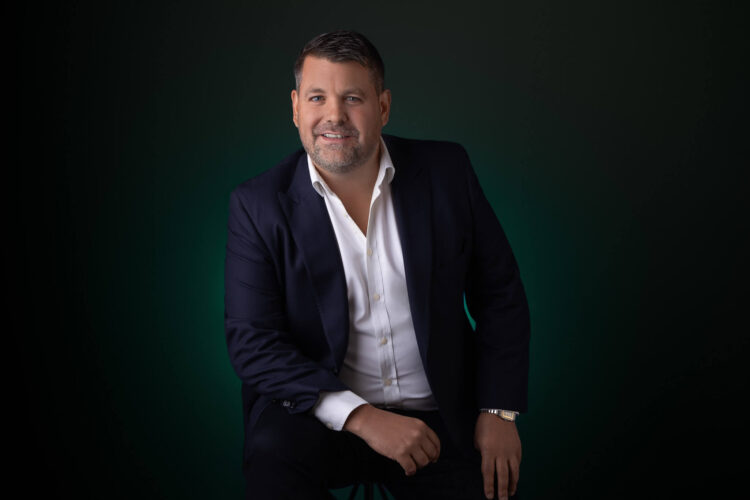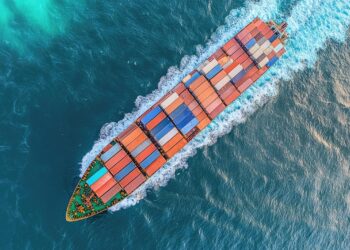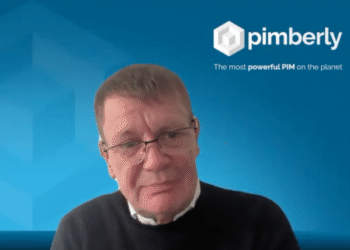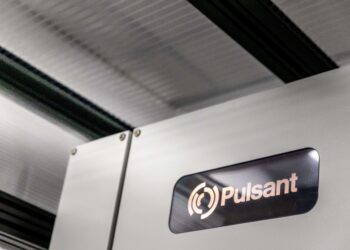As an industry we are starting to make some positive progress in terms of our carbon reduction journeys. However, we have a long way to go until we reach a zero-carbon economy. With increased governance and regulation being introduced, business leaders in developed countries have a legal obligation to aim for net zero by 2050 as defined by the Paris Agreement.
As a business leader in the technology channel it is very easy to get lost in the fog of Scope emissions, and many are unsure where to even start their journey.
A good place to begin is understanding what the different Scope emissions categories actually mean – once they are understood it is much easier to take the first steps on your carbon reduction journey.
The first two levels can be controlled and influenced by every business leader, and apply to firms of all sizes.
Scope 1 emissions are directly from company-owned and controlled resources such as heating, company vehicle emissions and manufacturing process emissions. Every company can evaluate these emissions and take simple steps to reduce them such as more efficient heating systems, energy saving lighting, reducing business travel, or investing in electric vehicles for example. Some of the simplest steps really don’t have to break the bank, but will make a real difference on your carbon reduction journey.
Scope 2 emissions are the indirect emissions from purchased energy, such as those from a utility provider. Many energy firms are already well into their sustainability journeys, but all firms need to do their research and switch to providers that can offer cleaner and greener renewable energy.
The Boss Level 3
However, Scope 3 emissions are the most challenging ones to control, because it covers the entire supply chain. These emissions account for more than 70 per cent of a business’ carbon footprint according to the UN.
This is why it is absolutely crucial for business leaders to track their supply chain carbon emissions and formulate a tailored plan to reduce them. By doing so businesses can also start to differentiate themselves from the pack and become even more intrinsic to their customers by adding positive impact to the value chain.
By assessing where the emission hotspots are in a value chain and identifying the risk areas, it will ultimately help to reduce costs, improve energy efficiency of products and help provide demonstrable evidence to all relevant stakeholders that you as a leader are taking climate change seriously.
Of course, many business leaders cannot do this alone, and there is a whole plethora of organisations out there dedicated to helping firms with their decarbonisation journey. Some even specialise in the technology channel. High profile players such as TD Synnex, Jigsaw24, Softcat and Exertis have all enlisted the help of an expert to help with their Scope 3 emissions plans.
There is also a shared responsibility on the larger players at the top end of every supply chain to do some of the heavy lifting when it comes to Scope 3 emissions – as a partner, make sure you work collaboratively with your ecosystem of partners to share emissions stats and reduction plans – your customers will see the real value in this.
Not only is reducing emissions key to saving the environment, but it is also something your own customers will be insisting on, and those firms that cannot evidence the steps they are taking are risking the loss of both new business and existing customers.
By working together across the whole technology channel supply chain, from the manufacturers through to the resellers supplying their end user customers, achieving net zero as a collective really could be as easy as 1,2,3.
This article was produced in association with Nebula Global Services and is classified as partner content. What is partner content? See more here.
Ross Teague
Ross Teague is CEO of Nebula Global Services
















